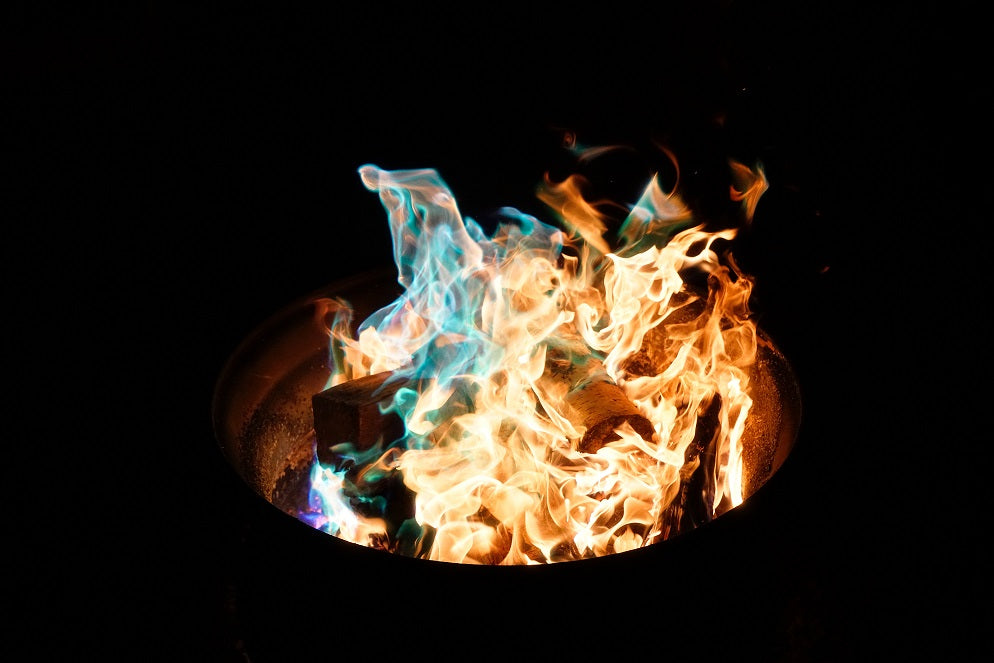Altered Physiology of Peripheral & Central Pain Mechanisms Aging can be a frightful experience, with all the changes that the body goes through. This is especially unpleasant for the veterans whose body has undergone rigorous activities in service of their nation. With pain is normally associated with aging, it is generally managed poorly.
Looking for better pain management methods is relevant, especially in the coming years. It is expected that the age distribution of over 65 years of age range will rise in the year 2050 by 36% that which is said to triple the current number (Schofield, 2007). To understand better, here are the physiological changes that the body goes through because of aging:
- Decrease in Water & Lean Mass
- Increase of Body Fat
- Shrinking of Bones & Viscera
- Decrease of Basal Metabolic Rate
- Decline of Renal Function
- Decline of Hepatic Metabolism
- Impairment of Central Nervous System
- Reduced Mobility
- Decrease Socialization
- Slow Rehabilitation
Pain and Its Impact on the Body
Pain has become normalcy to the elders. According to Schofield (2007), there is a pain time bomb to be wary of, affecting 80% of elders living in care homes and 73% of community elder dwellers.
Chronic pain has become a constant in the elderly, affecting their day-to-day activities that moving alone can be problematic. With the idea of pain being normal, most don’t complain about it and simply try to manage it on their own, being guided by their bodies and what can possibly make them feel better.
Besides aging, some of the conditions of elders that can lead to chronic pain include the following (Peterson, 2010):
- Musculoskeletal Disorders: Arthritis & Osteoporosis
- Peripheral Vascular Disorders
- Neuropathic Pain (Includes Post Herpetic Neuralgia)
Pain disrupts people’s lives; there is no going around with it, affecting the quality of life and imposing social and economic costs.
Some of the more specific effects of pain to elder’s daily lives are the following:
- Sleep Deprivation & Altered Sleep Quality
- Reduced Social Activity
- Depression
- Poor Physical Functioning
- Worsen Cognitive Dysfunction & Malnutrition
Understanding Pain Management Better
Pain management is an endeavor that a lot of elders fail in. There are several reasons why and some of which are:
- Altered Physiology of Peripheral & Central Pain Mechanisms
- Age-related Perception of Pain: Stoicism & Reluctance to Confirm/Admit Presence of Pain
- Lack of Acceptable Pain Treatment for Elders
- Fear of Chemical & Pharmacological Interventions
The first thing that should be accepted when dealing with pain is that it is a symptom and is never normal. Assessment is the second thing that must be considered, especially in identifying whether it is chronic (continues for 3 months or longer) or not. Considering the pain management method to use is the next step.
Different Pain Management Methods to Consider
It is a guaranteed challenge even for medical professionals and pain practitioners to manage pain for the elderly. Even being highly prevalent in the elderly, pain is undertreated, despite 75% of people aging 65 years and older suffer from it (Hulla, R. et al., 2019). There are several limitations to some traditional treatments due to their physical condition. Some of the most popular methods used though include:
- Traditional Home Pain Remedy. Hot and cold therapy is considered one of the simplest yet most effective treatments for pain even for the elderly. The correct application of both therapies will lead to success and comfort.
- Myofascial Release. There are several methods for which myofascial release techniques can be implemented, including physical and occupational therapy, acupuncture, and chiropractic care.
- Hypnosis. An altered state of consciousness that includes increased responsiveness can affect brain structured, particular pain perception, helping elders deal with their pain.
- Cognitive Behavioral Therapy. Mindfulness and meditation, despite demanding discipline and committed routine, help manage pain through increasing awareness of the present.
- Basic Analgesics. Nonopioid medications like NSAIDs and acetaminophen can be considered for mild pain, which can gradually increase with the addition of opioid medications based on the severity of pain and by following the World Health Organization’s pain ladder (Tracy & Morrison, 2013).
Helping elders by promoting health awareness is a step towards their improved pain management. Accepting the need for pain management methods will be highly beneficial, as well as staying up-to-date on the latest researches on it.




